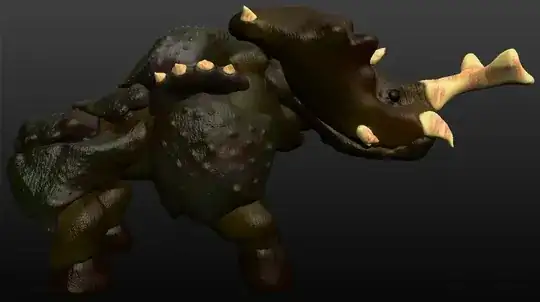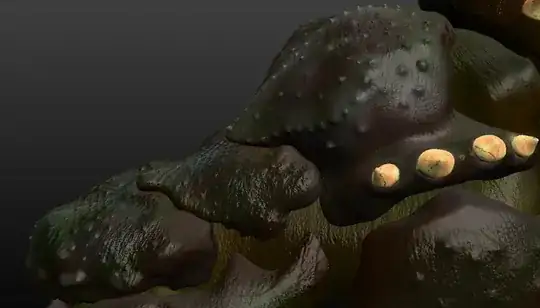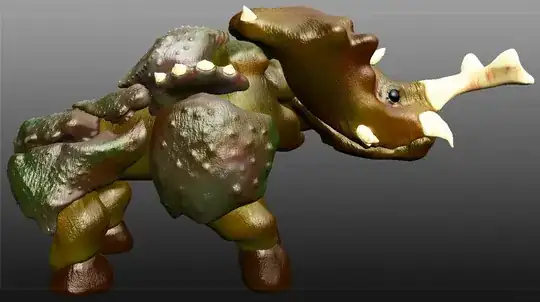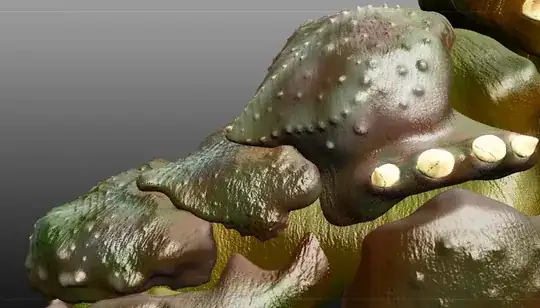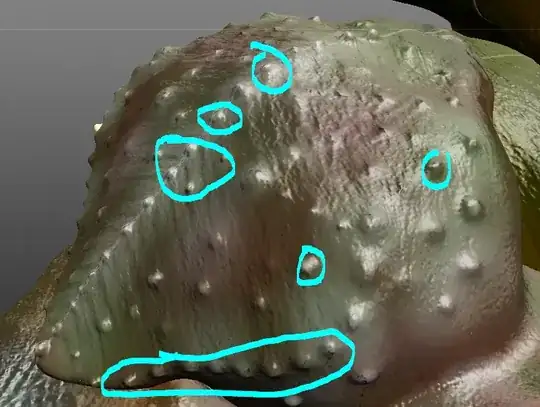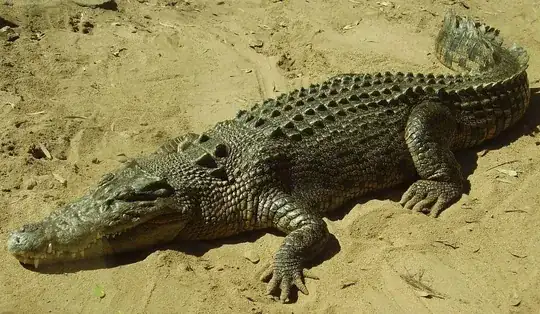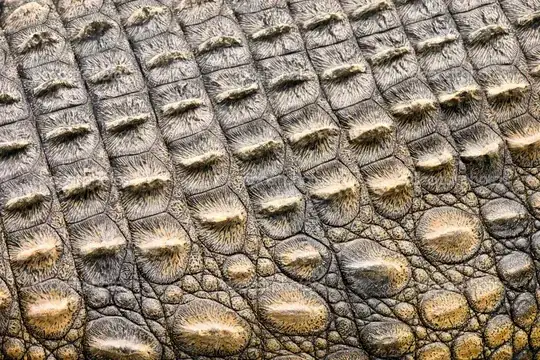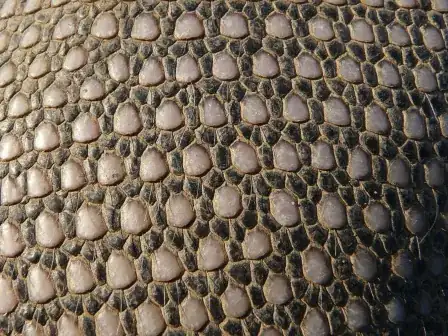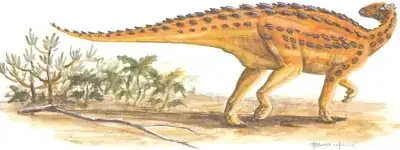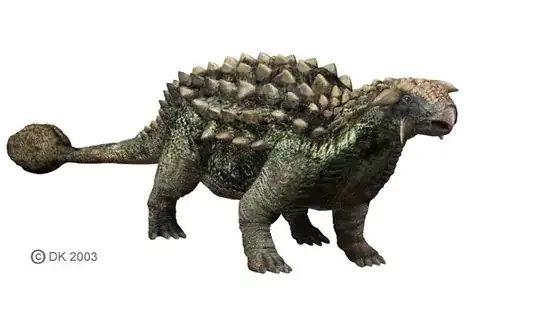Meet the following specimen of Armatae Bestia. I'd describe it, but a picture is worth a thousand words, so I'll just put one here instead (Feel free to drag it into browser window to get a much bigger picture).
As you can see, the beast has a heavily armored body. The Armatae Bestia are herbivores, and they live in sparse forests in herds, letting their armor protect them.
I've hit a slight hiccup though. When I modeled the species, I wanted it to look bad ass, and I had intended for these creatures to be hunted by those of my world in order to use the armor for shielding/weaponry. I put "studs" into the armor plates. See closeups 1 and 2 (blue circles in closeup 2 show the studs I'm talking about.
Closeup 2: (Note: Not all the studs are circled, I only circled some.)
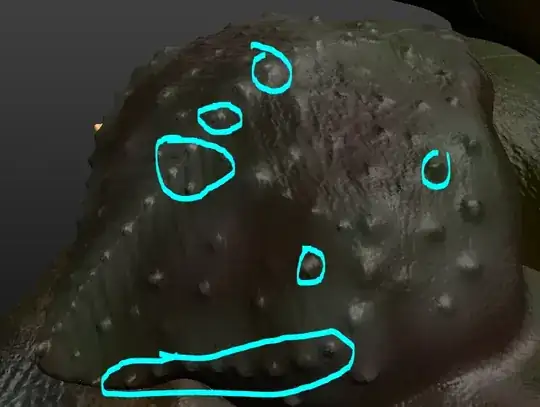
I'm having trouble explaining how they evolved to have studs in their armor. Typically, armor is smooth in order to deflect things; Scales and shells come to mind. But I REALLY like the way the studs look, even though this thing essentially has "shells" growing on it.
What would cause a cow sized beast to evolve studs in their armor plates?
Additional notes:
If a specific predator type of damage from a predator caused this, please detail the kind of damage the predator inflicted - there is no need to actually invent the predator, proper logic to explain why the studs would help against the predator's attack is enough.
If weather or climate conditions could have caused this, please explain what how and why.
Slightly modified pictures for those who have trouble seeing the darker original colors.
